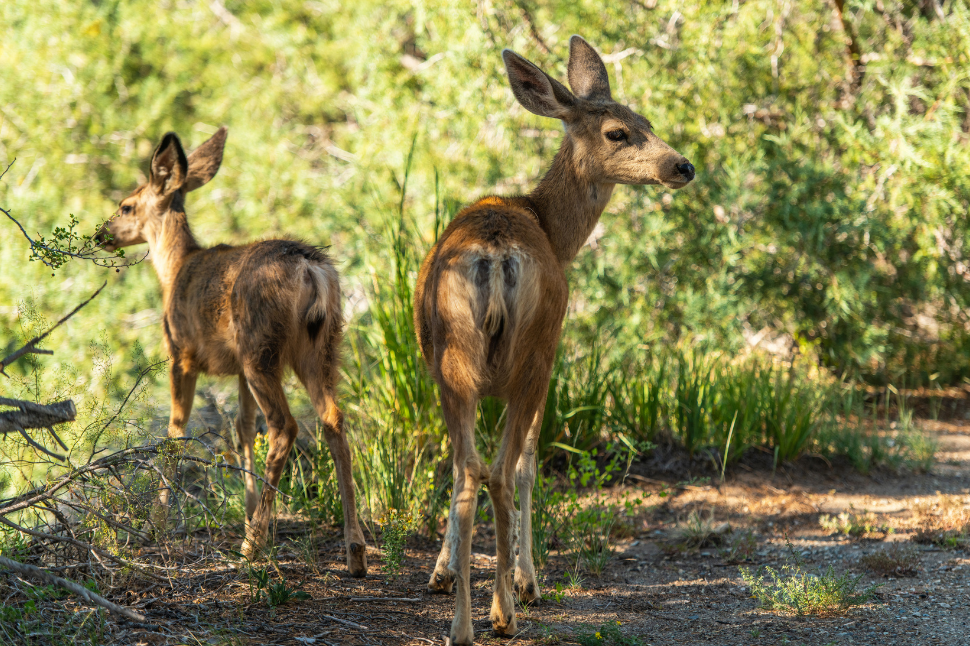What is Wildlife Game Capture?

Game animals are wild animals which are typically hunted for food or other resources, or for sport,1 and capture in this context means the restraint of such animals. The reasons which necessitate wildlife game vary widely, often depending on the geographic area and the animals concerned. In most developed nations that have areas in which wild animals roam, requirements often include conservation and general wildlife management, relocation, breeding programs and medical treatment.
In countries such as South Africa and some other African nations that have large game reserves, the above and other reasons for game capture prevail. Many wild animals in these countries live within government and private game reserves to protect them from growing human populations.2 There is also a substantial amount of income generated from tourism within these facilities.
Reasons for Wildlife Game Capture
Some of the reasons for wildlife game capture in these nations include:
- Genetic Variation: Wild animals on game reserves live within a contained system. As such, there is a need to closely monitor the population of animals to prevent inbreeding and overpopulation. In some instances, animals are regularly moved in and out of reserves to maintain the integrity of the gene pool.
- Environmental changes: Occasionally, the land on a game reserve may become inappropriate for the species or number of animals on it (due to droughts, bush fires, etc.). In such cases, they must be relocated.
- Poaching: A major danger for animals on African game reserves is poaching (illegal hunting), which is of significant concern on reserves that support endangered species. If a game reserve is experiencing a high level of poaching, animals may be removed to a different part of the reserve or another reserve for reasons of safety.2
Successful and humane game capturing methods are actually among the reasons some African wildlife species have survived in recent decades. These practices have enabled wildlife managers to save many species from eradication during droughts, war and the like.
Finally, wildlife game capture has also helped the game ranching industry to grow; now, breeders are able to expand genetic pools for the breeding of endangered game. A specialized part of this industry is the breeding of both endangered and general game species for the restocking of new areas, and the increasing of both numbers and species diversity in existing areas.3 To achieve restocking aims, animals are captured, transported, and released under safe conditions.
Methods of Wildlife Game Capture
Depending on the area (e.g., field, a reserve, rural, semi-rural or suburban) and the target species, methods typically used in wildlife game capture include:
- Mass capture (using nets or bomas)
- Darting (chemical immobilization)
- Cage Traps
One of the methods often used on reserves in Africa is that of helicopter herding.3 This involves the use of a helicopter and capture team to herd animals into a large funnel of opaque plastic sheeting, known as a boma.3 Once inside the tunnel, the animals see the sheeting as a solid wall and don’t attempt to escape. Wildlife managers and game services often use all-terrain vehicles and helicopters as platforms for monitoring and tracking animals, and for operations in the field, such as chemical immobilization.
Interested in learning more about safe capture? The San Diego Zoo now offers courses in safe capture techniques and best practices. Learn reliable, safe, and effective techniques for the species you work with and the scenarios you encounter!
3wwf.org.
About NexGen Pharmaceuticals
NexGen Pharmaceuticals is an industry-leading veterinary compounding pharmacy, offering sterile and non-sterile compounding services nationwide. Unlike other veterinary compounding pharmacies, NexGen focuses on drugs that are difficult to find or are no longer available due to manufacturer discontinuance or have yet to be offered commercially for veterinary applications, but which still serve a critical need for our customers. We also specialize in wildlife pharmaceuticals, including sedatives and their antagonists, offering many unique options to serve a wide array of zoo animal and wildlife immobilization and anesthesia requirements.
Our pharmacists are also encouraged to develop strong working relationships with our veterinarians in order to better care for veterinary patients. Such relationships foster an ever-increasing knowledge base upon which pharmacists and veterinarians can draw, making both significantly more effective in their professional roles.
Disclaimer
The information contained in this blog post is general in nature and is intended for use as an informational aid. It does not cover all possible uses, actions, precautions, side effects, or interactions of the medications shown, nor is the information intended as medical advice or diagnosis for individual health problems or for making an evaluation as to the risks and benefits of using a particular medication. You should consult your veterinarian about diagnosis and treatment of any health problems. Information and statements have not been evaluated by the Food and Drug Administration ("FDA"), nor has the FDA approved the medications to diagnose, cure or prevent disease. Medications compounded by NexGen Pharmaceuticals are prepared at the direction of a veterinarian. NexGen Pharmaceuticals compounded veterinary preparations are not intended for use in food and food-producing animals.
NexGen Pharmaceuticals, LLC does not recommend, endorse or make any representation about the efficacy, appropriateness or suitability of any specific dosing, products, procedures, treatments, services, opinions, veterinary care providers or other information that may be contained in this blog post. NEXGEN PHARMACEUTICALS, LLC IS NOT RESPONSIBLE NOR LIABLE FOR ANY ADVICE, COURSE OF TREATMENT, DIAGNOSIS OR ANY OTHER INFORMATION, SERVICES OR PRODUCTS THAT YOU OBTAIN THROUGH THIS BLOG POST.



